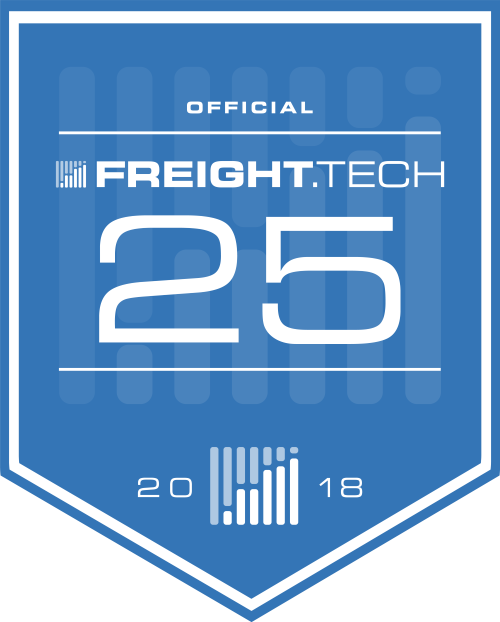Trucking And Logistics Need a New Way To Specify Location – Part 4
This article is the fourth in a series which review the costs and consequences of using street addresses in trucking and transportation then look at several alternative systems for referring to a location.
The first article, “Using Street Addresses Cost Trucking and Logistics Millions per Year“, highlighted some of the high level issues the industry experiences when specifying the location for a drop-off or pick-up.
The second article, “Street Addresses in Trucking and Logistics“, covered the pros and cons of the ubiquitous street address.
The third article reviewed the use of “Latitude and Longitude in Trucking and Logistics“.
In this article, I’m going to review a relatively new player on the scene, what3words (“What Three Words”).
Ultimately, the goal of this series is to identify a location system which meets the following requirements:
- Uniquely identify a location
- Easy to repeat over the phone
- Easy to understand and type
- Easy to add to existing systems
- Can move with a location (because construction, growth, etc)
what3words was developed in 2013 after one of the founders struggled to get music equipment and bands to their locations on time. His bands were frequently late because of some of the problems we’ve highlighted in this series: incomplete or inaccurate information, misspellings, and poor place numbering.
The goal of what three words was to find a way to identify any area on earth by some means other than its relationship to a street.
The solution they came up with was to divide the globe up into a series of 3m x 3m (approx 10ft by 10ft) squares, then assign a unique identifier to each of the 53 trillion squares.
The identifier they settled on was a series of three English words, for example, “duck”, “house”, and “care”. One and only one of the 53 trillion squares has that name. Instead of his bands being told to go to 329 N Dearborn St, Chicago, IL, they would get a what3words address of “snap.racks.rapid”. When they look that up on the what3words website, they would see an approximate 10ft x 10ft patch of land near the House of Blues in downtown Chicago.
Most of the articles and discussion about what3words focus on these areas:
- It’s a fun, unique, and interesting way to talk about location
- It’s great for countries or areas which do not have regular or reliable street address systems, e.g. developing countries
- It’s global. The what3words system covers the entire earth
- Each identifier specifies a fairly small area on earth
- It can be used to refer to places a long way from any street
Although there are interesting and useful aspects, what3words also has a few shortcomings. One of the most serious is that translating a what3words location to another language is a non-trivial problem. Not every word in English can be directly translated to a single word in every other language. You may have heard the old saw that the Eskimo language has a dozen or more words for “snow”. If that’s the case, how would you translate “snow.frost.rice”? what3words acknowledges translation is a significant problem. In fact, they say they have an entire department of the company dedicated to trying to find the right word in other languages for each English word they use.
With that understanding of what3words, let’s see how it stacks up against our requirements:
- Uniquely identify a location
Yes, in the sense that each identifier specifies a single 10ft by 10ft square; however, it does not offer any way to distinguish between different companies at that position. “heave.edits.spoil” refers to the Willis Tower building in downtown Chicago. While the phrase refers to a relatively precise position, it doesn’t communicate anything about which of the hundreds of businesses in that building.
There is another problem. A 100,000 ft2 warehouse could have as many as 1,000 different what3words identifiers and even more if you consider the yard around the building itself. There is no mechanism to indicate which is the correct or best for the building. - Easy to repeat over the phone
Mostly yes, but certain words are confusing and difficult to pronounce and can become more difficult in series, for instance “downed.frowned.crowned” (outside Hamilton, Montana) - Easy to understand and type
Mostly, however has many of the same issues as verbalizing over the phone. Still requires people spell words correctly. A major concern is that phrases which can sound similar are refer to dramatically different locations. For example, “snap.racks.rapid” is in Chicago, but “snaps.racks.rapid” is near Heathrow Airport outside London, England, while “snaps.racked.rapid” is in Brazil! - Easy to add to existing systems
Fair, adding a what3words identifier for each location would require only one field, however, all locations would need to use the what3words API to convert the location to the appropriate sequence of three words - Can move with a location (because construction, growth, etc)
No. Like latitude and longitude, what3words coordinates refer to a single area on the surface of the earth. If a business moves, they would need to determine the what3words of their new location and communicate that to their partners.
Overall grade: C.
Next up in this series on location systems is a discussion and review of using “Geohash” to specify location.
Until then, if you have feedback or thoughts, let me know.

